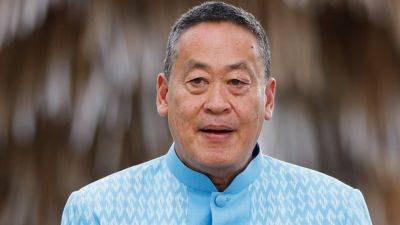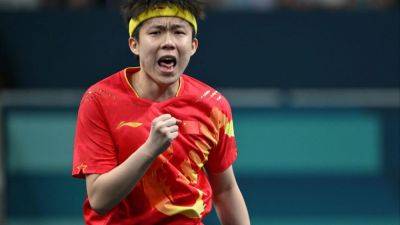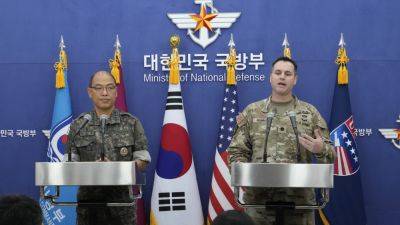‘Message to China’: Europe steps up air drills in Japan’s backyard amid regional threats
Analysts say the joint air drills represent Europe’s willingness to have some “military skin in the game”, rather than just professing rhetorical support.
The Air Self-Defence Force, as Japan’s air force is known, “is the most domestic unit” of the country’s military, as its role has mostly been limited to defending Japanese airspace, said Yoichiro Sato, a professor of Asia-Pacific studies at Japan’s Ritsumeikan Asia Pacific University.
“Combat exercises with Nato members are not only politically symbolic, but also instrumental in raising interoperability among them” and improving capabilities, Sato said, noting the joint drills would bring the Japanese air force “up to speed”.
Describing the drills as both “symbolic and substantive”, Daniel Fiott of the Centre for Security, Diplomacy and Strategy in Brussels said they underlined Europe’s growing military engagement in the Indo-Pacific.
“There has been a feeling that Europe’s own interest in the Indo-Pacific has been rather rhetorical,” Fiott said. “So close exercises with partners such as Japan deliver on the objectives of enhancing Europe’s military partnerships, improving interoperability and sending a message to China.”
“Europe cannot profess to want to support an open and free Indo-Pacific without military skin in the game,” he added, further citing previous joint naval drills.
European powers have steadily been strengthening their presence in the region in recent years.
In 2021, a German warship sailed through the South China Sea, the first such deployment in nearly two decades. This year, Germany has sent two warships to the Indo-Pacific, while France has scheduled aircraft stopovers at a Philippine airbase as part of its annual Pegase mission. Italy is also set to







